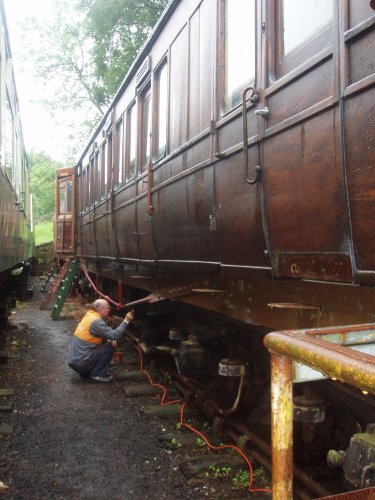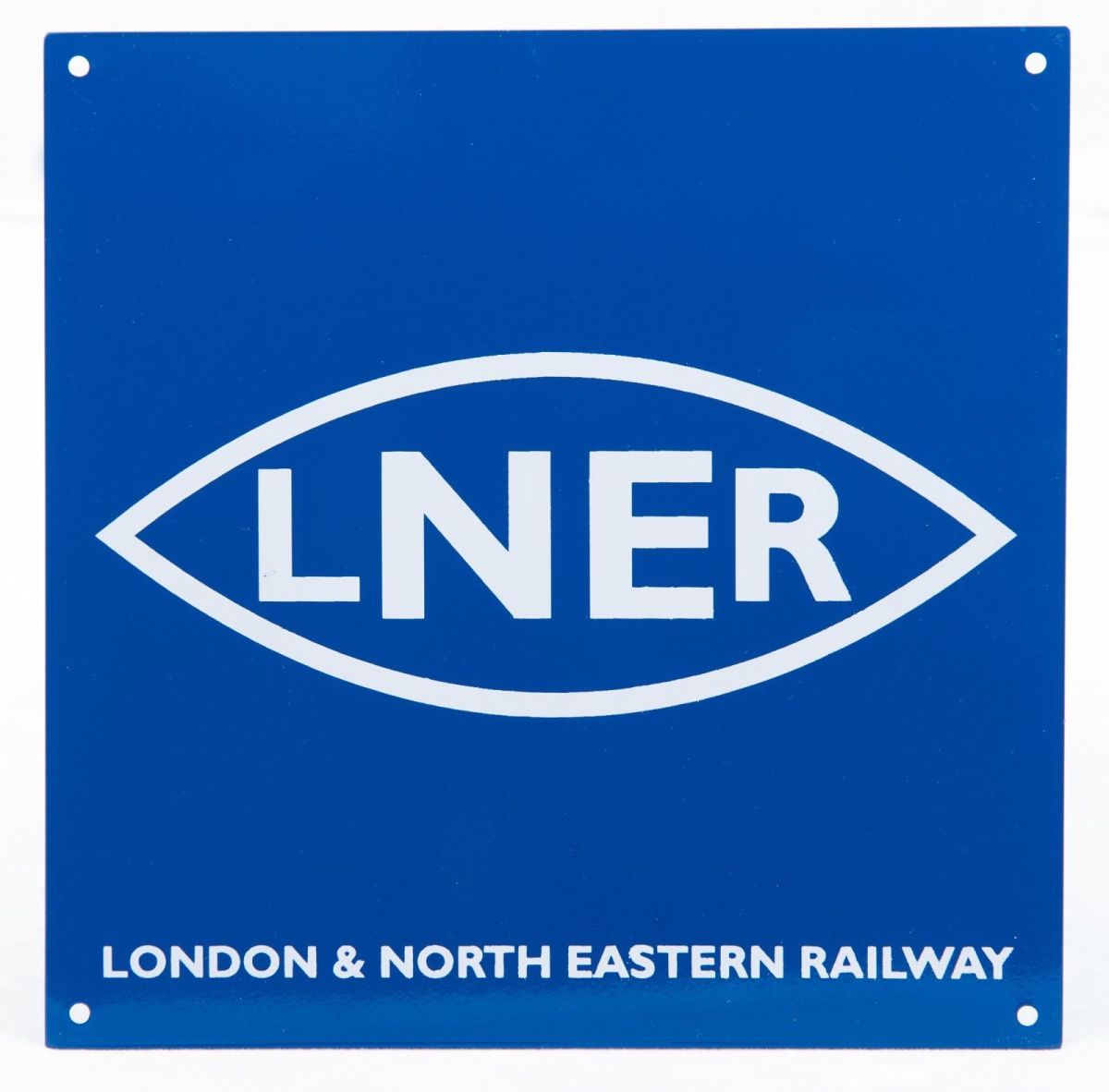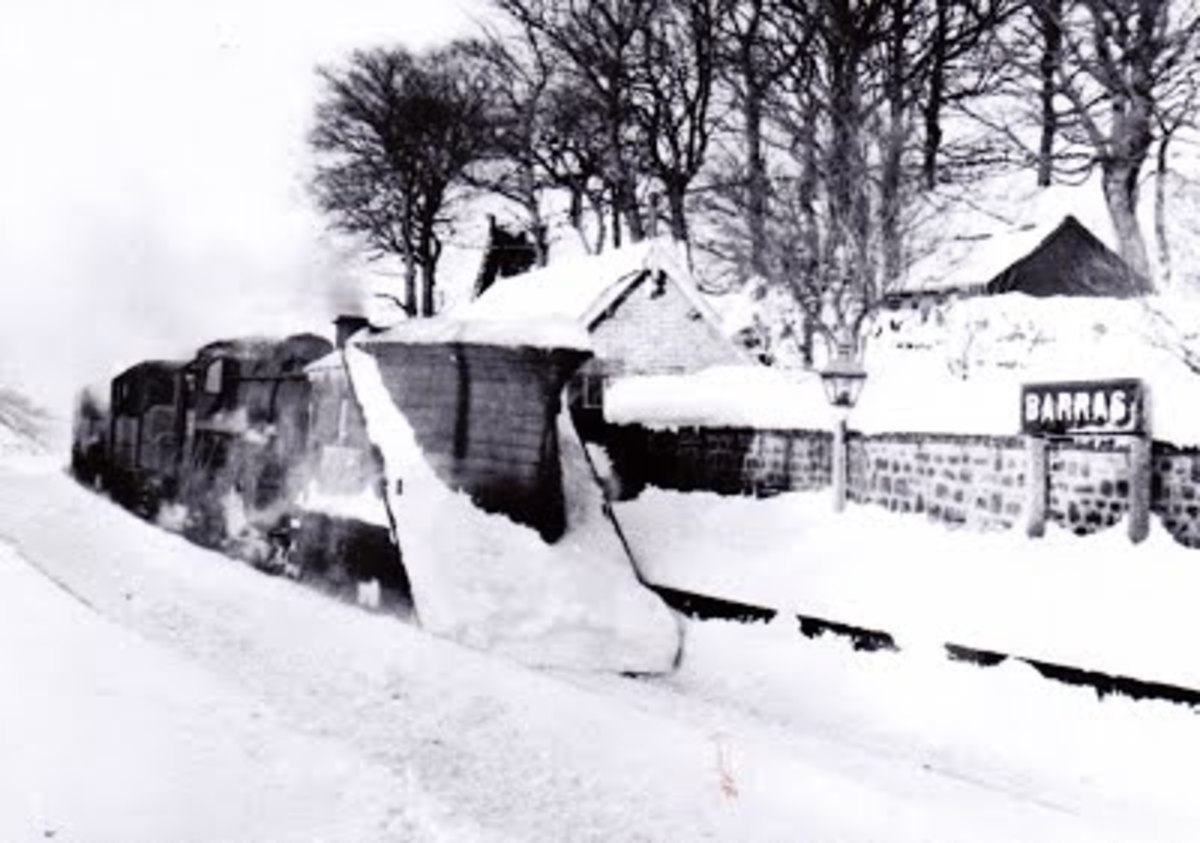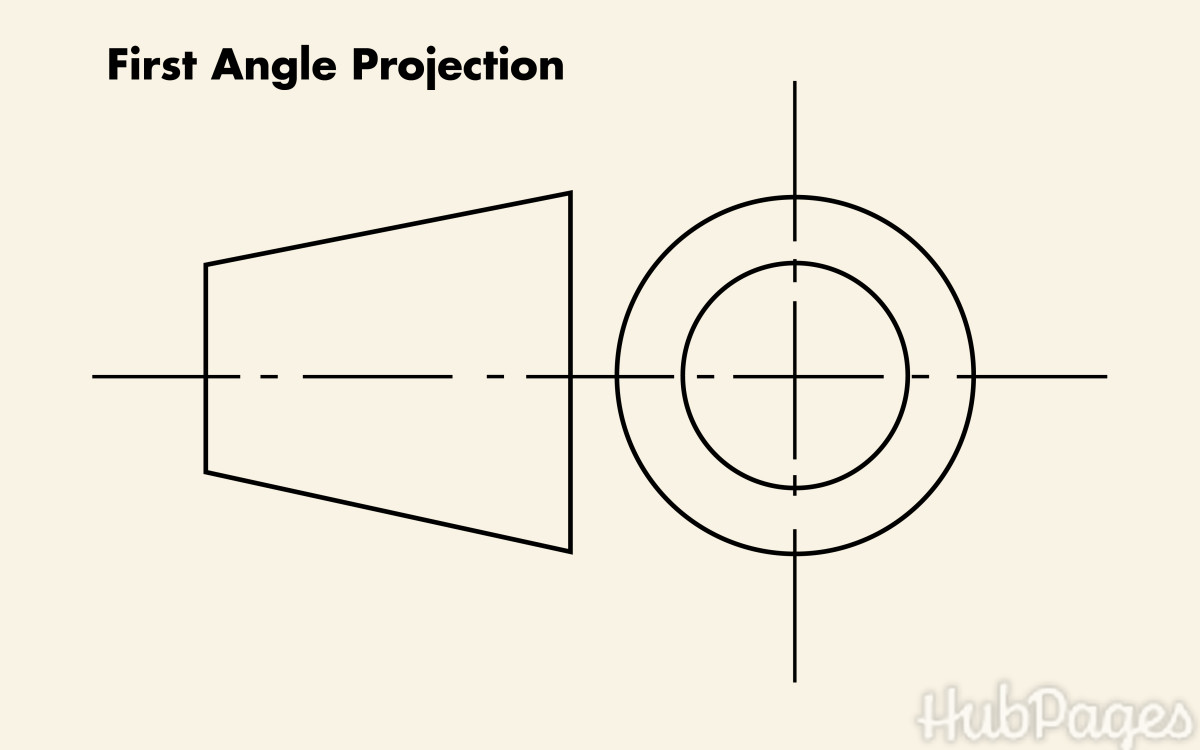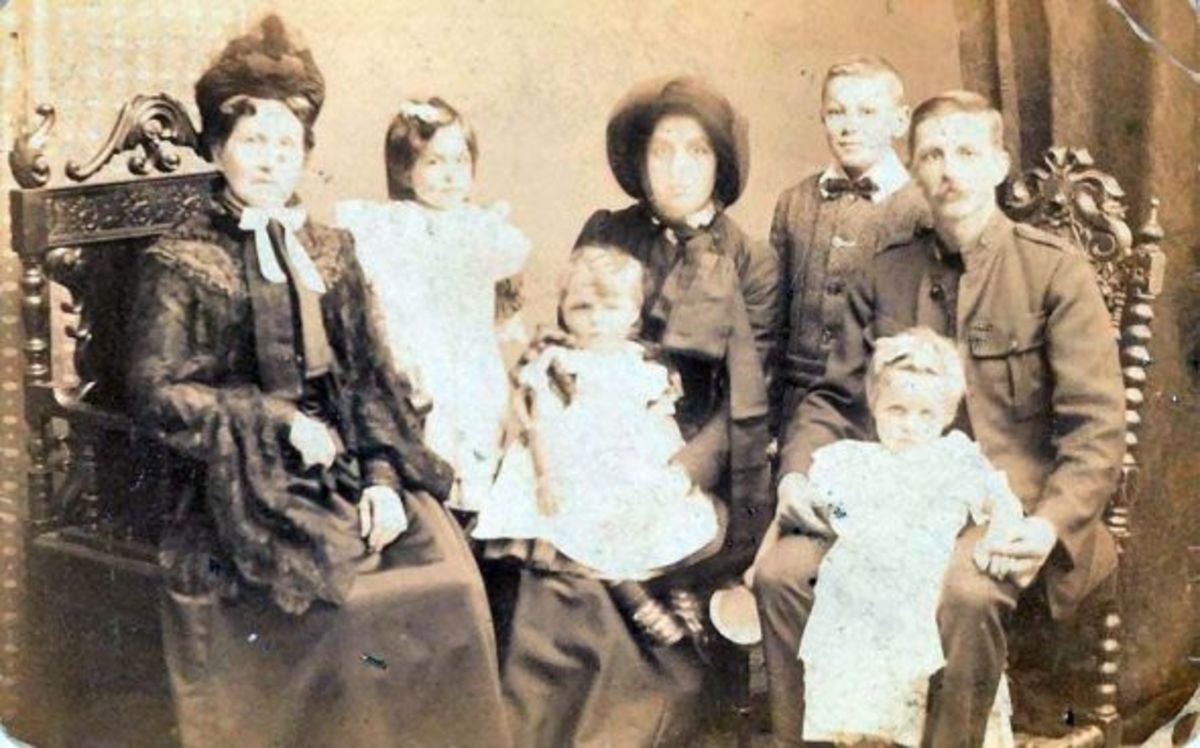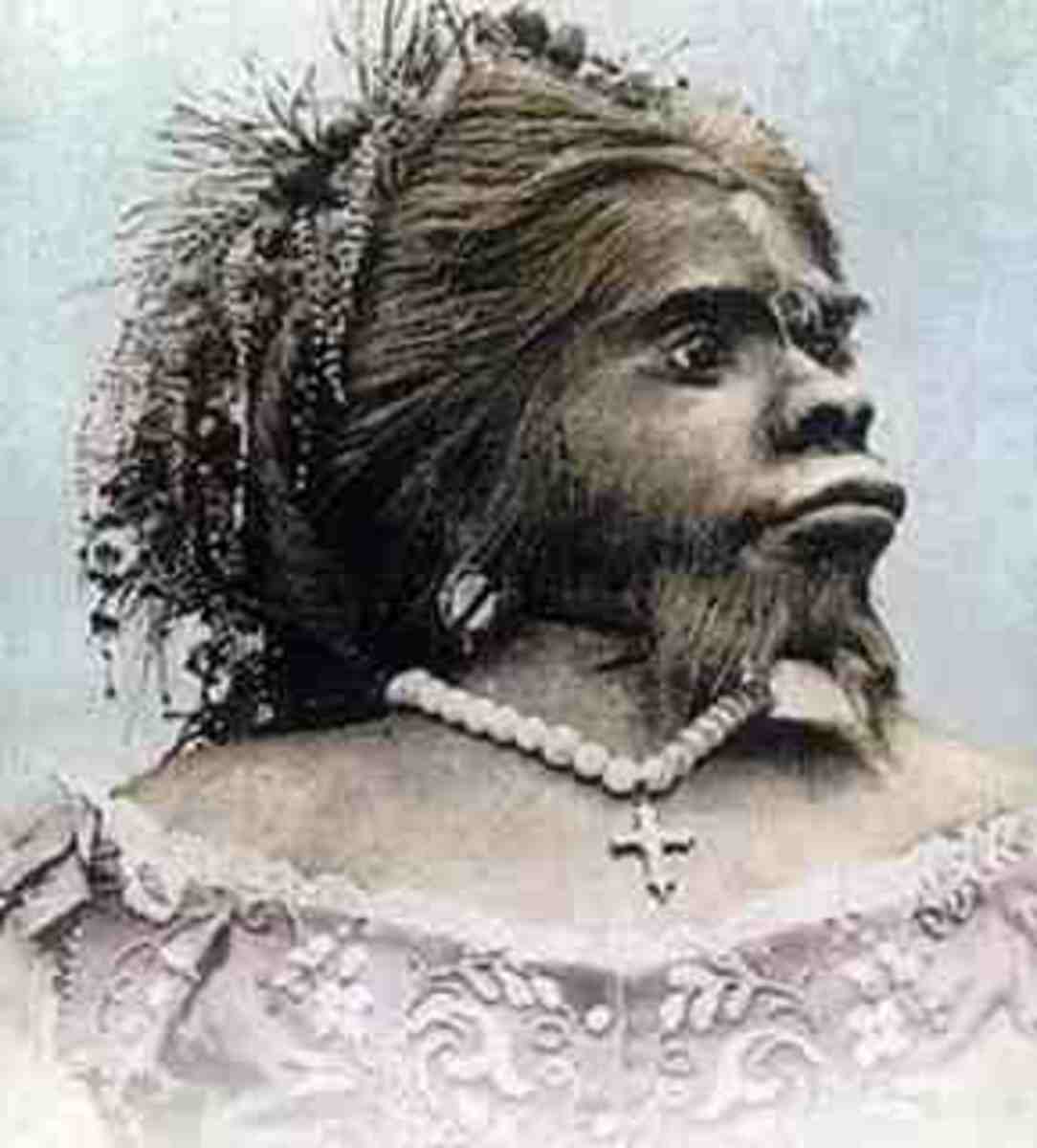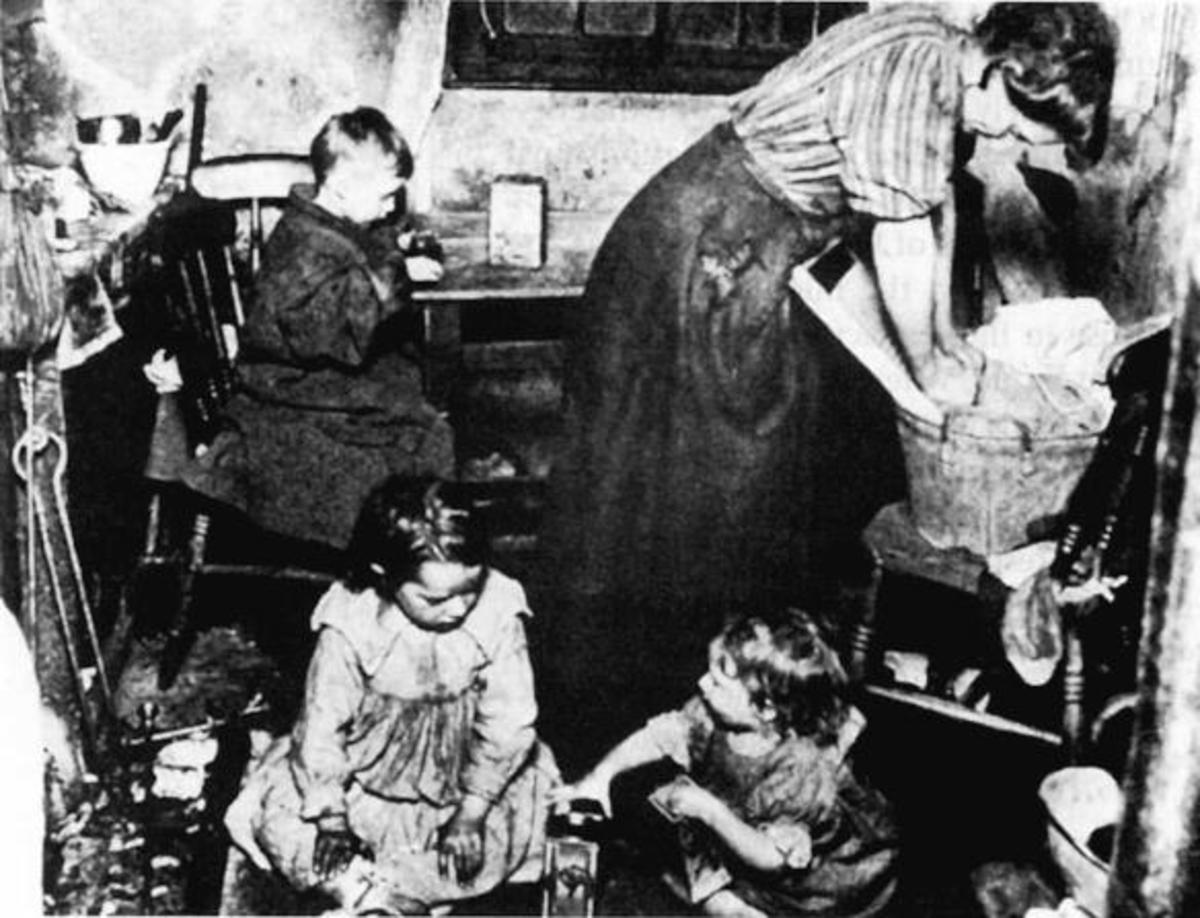- HubPages»
- Education and Science»
- History & Archaeology»
- History of the Modern Era
Heritage - 18: A Tale of Two Civvies (3) Completion and Opening of the Hull & Barnsley Line From Coalfield to Port
Stock in hand, the railway opens for traffic
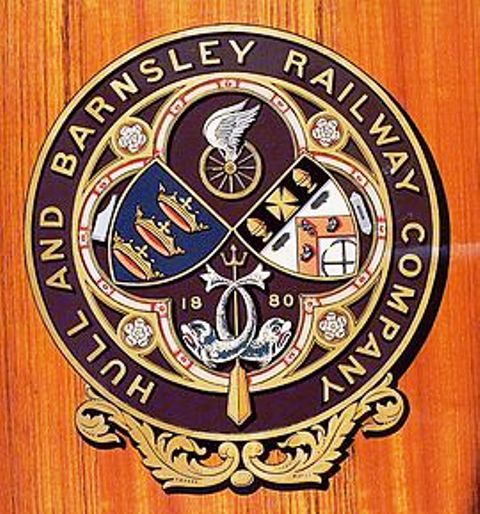
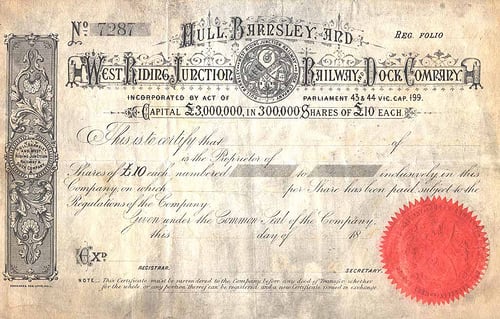
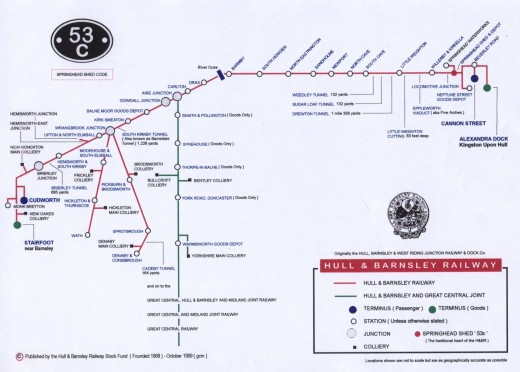
1882 saw difficulties with the banks on the Aire Bridge...
Tons of concrete were tipped to form a base and 10,000 cubic yards of aggregate for the bank. The side cutting at Barmby was worked by steam navvy to provide material for the mile long bank to Ouse Bridge. Similar work at Drax was undertaken on the western approaches. Foundations of the bridge over the NER at Eastringham were begun, land for the side cuttings purchased to provide material for the approach embankment. Some stone came from the Barmby side cutting for the western bank. From Drax to West Bank Hall numerous culverts were underway, some completed. At Heck a mile long sand cutting was manually dug. Work was started on the line from the west bank of the Knottingley & Goole Canal to Walden Stubbs. The tunnel at South Kirkby was excavated to form the bank; bridge approaches and cattle creeps had awaited infill of magnesian limestone and shale.
Water seepage affected tunnel work on the South Kirkby to Cudworth section, although about a third was complete by June. At this time some sections were ready for rail laying. A diversion was ordered by Wm Shelford in 1883, entailing cutting of Sugar Loaf and Weedley tunnels. Primrose Beck was bridged by a substantial timber structure.
Work began on ballasting in readiness for the track, men were released from construction work gangs as that came to an end, cuttings and embankments finished off. By the end of 1883 the bridge on the K&G Canal was completed, the permanent way in place towards the Ouse Bridge - in places doubled - as well as to North Cave in the opposite direction. Riplingham Tunnel was complete with single track through it.
January 1884 saw the line open to the Press throughout, except for the Hull and Ouse crossings. Handysides of Derby were behind with the castings. In February James Grierson of the GWR was brought in by L&A to mediate with the H&B Board, as they faced difficulties securing payment. All parties reviewed plans for those parts of the H&BR not yet complete. Some branches, stations and facilities - including the grand Kingston Square station in Hull - were shelved. Difficulties still arose between the Board and L&A, who proposed to complete work by January 1st, 1885 as agreed in February, for £1,191,648 of which £746,475 was for the railway and the balance was to cover the dock costs. Smith and Forbes reduced the amount as L&A's figures included disputed claims on the suspense account - to be settled by the President of the Institute of Civil Engineers, James Brunlees after the agreement of December 7th, 1883.
By May 1884 £3M was spent, £2,220,000 on the railway, £780,000 on the dock. The H&B Board strived to raise £1.8M to finish the work, raising only £73,705. They gave notice to L&A that no further bills could be met. L&A then discharged all but 300 of their construction workforce and set about selling the plant and machinery.
From July-November 1884 only the telegraphs, the River Hull bridges and some dock works were completed. Smith & Forbes agreed a figure of £488,875 for completion - claims and advances for plant etc not included. At the ninth half-yearly meeting of shareholders on February 14th, 1885 Smith allowed that the negotiated contract included settled, disputed and stoppage claims, and the balance of the lump sum contract.
Lost Railways of North and East Yorkshire, Gordon Suggitt
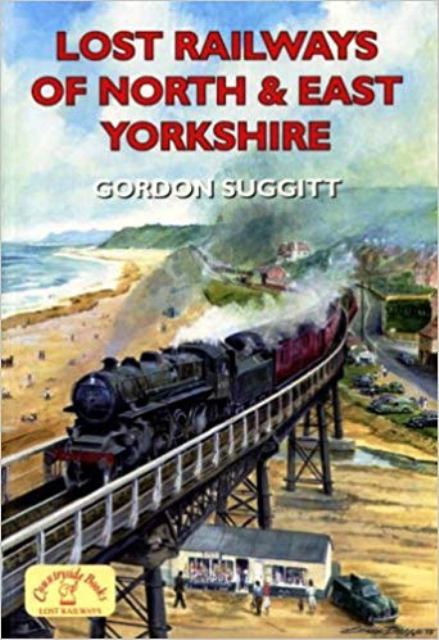
From after WWII the North suffered line closures even before Beeching, when mineral traffic ceased or decreased to such a level they were considered uneconomic to keep open. Much of East Yorkshire generally lacked industry, its traffic chiefly agricultural or seasonal (holiday season to Bridlington, Filey and Hornsea). Only the former H&BR network generated enough income to sustain business until coal mining declined in the former West Riding (Barnsley, Doncaster and Sheffield).
Ghosts of a busy past
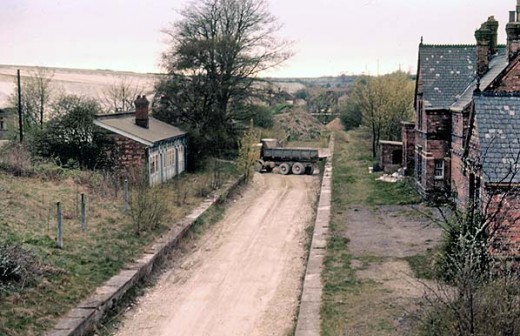
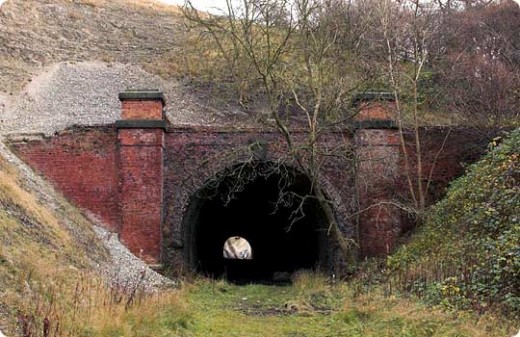
The £1,191,643 proposed by L&A was closer to the final agreed amount in the negotiated contract.
The stoppage claim was for five months that L&A maintained a monthly loss or unwarranted costs of £8,000. In November 1884 the Board raised £1.5M by 5% debenture stock and a new fixed rate contract was signed for work outstanding. Work began anew on December 1st, due for completion June 30th, 1885.
Only stations, signalling and lineside furniture remained to be installed. Both railway and dock were opened in July, 1885. Shelford's and Abernethy's settlements were not completed before January, 1887 because of the re-negotiated settlements with Lucas & Aird. .
The Hull & Barnsley Railway, or to give its full title, The Hull Barnsley & West Riding Junction Railway
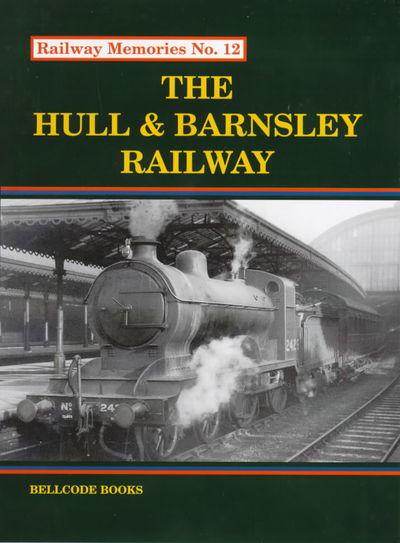
Railway Memories No.12
A complete history of the H&BR from its inception, civil engineering projects and traffic analysis to closure. The company was absorbed by the North Eastern Railway in 1922, prior to Grouping in 1923 when it was brought under the umbrella of the London & North Eastern Railway. Gradual decline led to sections being closed that ran parallel or adjacent to former North Eastern Railway lines. Sections are still extant.
Bellcode Books
*Unfortunately there is no link available to Amazon for this book
The canals still offered viable competition until mining declined
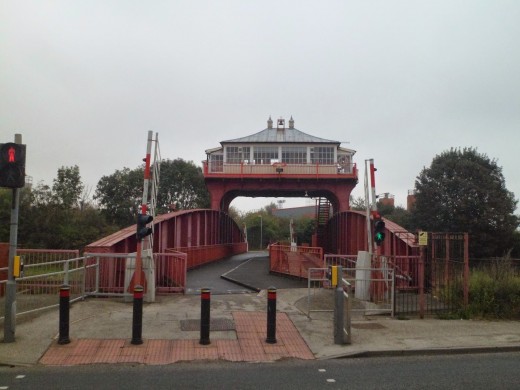
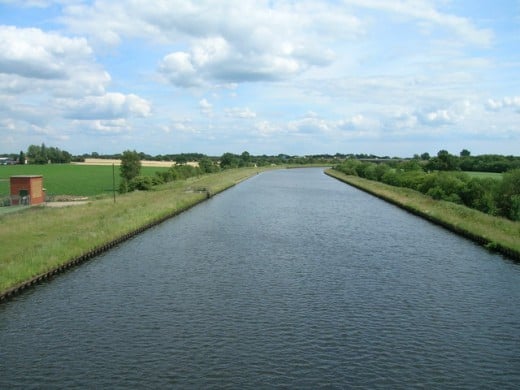
The railway was some time in merging with its surroundings.
Smoke from the engines was quicker in mellowing the glaring, bare rock and earthworks than Mother Nature with plantlife and vegetation. The cuttings at Little Weighton remained bare of natural growth longest, and within about eighty years - in places around a decade less - much of the Hull & Barnsley Railway had been trunkated or depleted by pre-Beeching cuts, and more again by Harold MacMillan's Transport Minister Ernest Marples in accordance with Beeching's report*
The Hull & Barnsley Railway was amalgamated with the North Eastern Railway in 1922, a year before the government brought in the Grouping, of railway companies into four large regional companies. The H&BR therefore became a constituent of the London & North Eastern Railway and subsequently came within the authority of the North Eastern Region of British Railways.
Passenger services were largely curtailed or downgraded, leaving the system - or what was left of it - to coal workings hauled by Robert Riddles' ex-WD 2-8-0's, then diesels. Around the city of Hull (strictly Kingston-upon-Hull) a limited resurrection of the H&B's facilities at Alexandra Dock has been effected, and some industrial archaeology has been pursued, wagons and divers rolling stock rescued from the scrapyard - Cashmore's of Hull were the principal breakers in the Hull area. Much of that stock can be seen at Goathland on the North Yorkshire Moors Railway, restored by the Hull & Barnsley Railway Stock Fund.
*The Re-shaping of Britain's Railways.
Early optimism was tempered by modifications to the plans
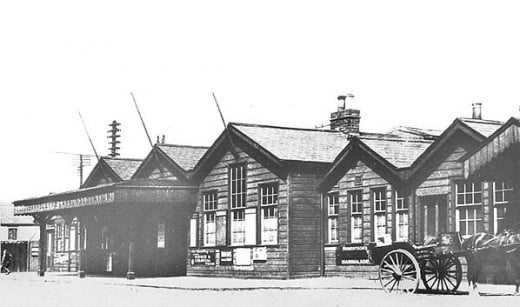
The nearest point of contact for travellers...
on Intercity routes with the H&BR system is over the main line just north of Heck, before the Selby Diversion on the northbound journey. The H&B line intersects at a north-east to south-west angle, roughly 45 degrees to the East Coast Main Line between Doncaster and York. Drax can be seen in the distance looking east roughly at the time when Intercity trains take the Selby Diversion.
Information on the H&BRSF
[The Hull & Barnsley Railway Stock Fund was established in 1968 - see the link below].
My source for this article was chiefly Allan Halman of Pontefract, West Yorkshire.
Information is also available on the H&BR from 'The Hull & Barnsley Railway Vol 1', edited by the late Ken Hoole, contributors being I K Watson and R J Pickering. Publisher in 1972 was David & Charles, ISBN 0-7153-5723-9
Hull & Barnsley Railway Stock Fund
- Hull & Barnsley Railway Stock Fund
The Hull & Barnsley Railway Stock Fund restores and maintain examples of rolling stock belonging to the former Hull & Barnsley Railway Company, as well as documenting the company's history
Preservation of Hull & Barnsley passenger stock depends on donations and grants
